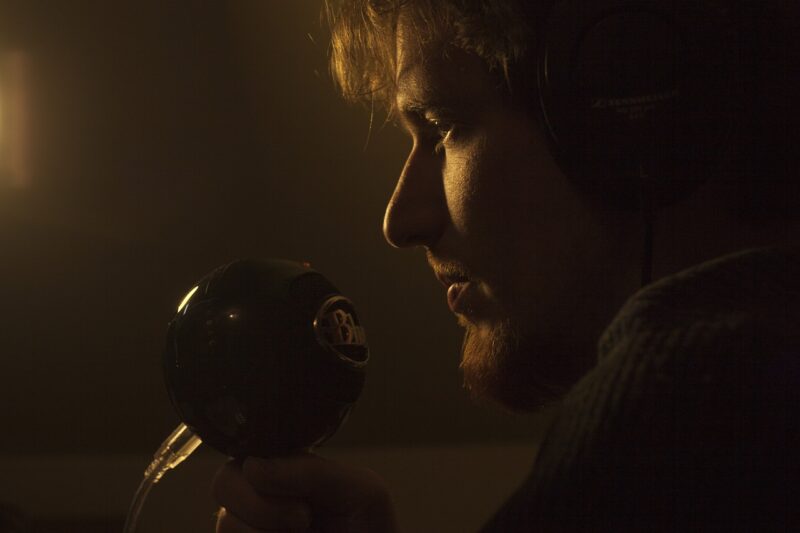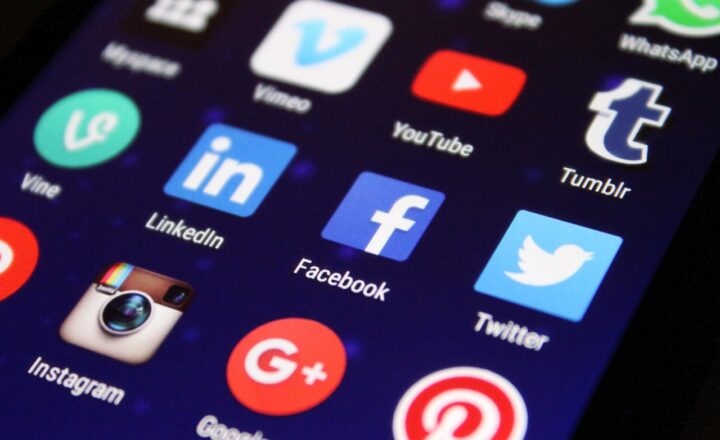
Radio broadcasting has undergone a remarkable transformation since its inception in the early 20th century. From its humble beginnings as a means of transmitting simple audio signals across distances, radio has evolved into a dynamic medium that not only entertains but also informs and connects billions of listeners around the world. In the digital age, radio faces new challenges and opportunities, resulting in a significant evolution that is shaping the future of broadcasting.
1. The Birth of Radio Broadcasting
The journey of radio broadcasting began in the late 1890s when pioneers like Guglielmo Marconi and Nikola Tesla conducted early experiments in wireless communication. Marconi’s successful transmission of Morse code over long distances set the stage for the first radio broadcasts, which started with simple voice transmissions.
By the 1920s, radio had become a popular medium for entertainment and news. Radio stations began to spring up around the globe, and the idea of broadcasting to the masses took hold. Programs ranging from music to drama captivated audiences, and radio became an integral part of daily life.
2. The Golden Age of Radio
The 1930s to the 1950s are often referred to as the Golden Age of Radio, a time when the medium reached its peak in terms of popularity and cultural significance. Family-oriented shows, soap operas, and news broadcasts became staples of American life.
Radio provided a platform for storytelling, community engagement, and even political discourse. Iconic shows like “The Lone Ranger” and “War of the Worlds” drew in millions of listeners. Advertisers recognized the medium’s potential and began investing heavily in radio as a means of reaching consumers.
But with the invention of television in the late 1940s, radio faced fierce competition. Many stations dedicated their content to music, creating a niche that would help the medium survive the television onslaught.
3. The Transition to FM and Stereo
The introduction of frequency modulation (FM) in the 1930s and its widespread adoption in the 1960s marked a significant turning point for radio broadcasting. FM offered improved sound quality and reduced interference compared to amplitude modulation (AM), attracting a new generation of listeners.
By the 1970s, stereo broadcasting became the standard, allowing radio stations to present a richer and more dynamic listening experience. Specialized formats such as rock, jazz, and classical music began to emerge, leading to an explosion of radio station diversity.
This era also saw the rise of talk radio, with influential hosts like Rush Limbaugh and Howard Stern garnering large audiences, proving that radio could effectively facilitate dialogue and shape public opinion.
4. The Impact of Digital Technology
The advent of digital technology in the late 20th century revolutionized radio broadcasting once again. Digital audio broadcasting (DAB) and satellite radio expanded the reach of radio, while online streaming began to change the way audiences consumed audio content.
Podcasts became a game-changer, enabling creators to produce on-demand audio series that could be accessed anytime, anywhere. This shift towards personalized content consumption has granted listeners more control over their audio experiences, leading to a decline in traditional radio listenership.
Furthermore, internet radio platforms like Spotify and Apple Music contribute to the changing landscape, allowing users to curate their listening experience with ease. Broadcasters are now challenged to adapt to this new environment by offering unique content that stands out in an oversaturated digital marketplace.
5. The Role of Social Media
Social media has become an essential tool for radio stations in the digital age. Platforms like Twitter, Facebook, and Instagram enable broadcasters to engage with their audiences, gather feedback, and promote their shows in real-time. This interaction creates a sense of community and allows for deeper connections with listeners.
Additionally, social media offers a space for the discovery of new content, making it easier for listeners to find new radio stations and podcasts. Many traditional broadcasters have increased their online presence, creating supplementary content that can attract online audiences and enhance their radio programming.
6. The Future of Radio Broadcasting
As we look to the future, radio broadcasting must continue to evolve to stay relevant in a constantly changing digital landscape. Traditional radio will likely coexist with digital platforms, allowing for hybrid models that blend live broadcasting and on-demand audio.
New technologies, such as artificial intelligence and machine learning, will further influence radio programming and advertising. Personalized recommendations could shift from pragmatic suggestions to more sophisticated content curation based on listener preferences.
Still, the core value of radio remains unchanged: storytelling and connection. Radio has always been about sharing experiences, and that will continue to be its strength as it adapts to embrace the digital age.
Conclusion
The evolution of radio broadcasting in the digital age demonstrates the medium’s remarkable ability to adapt and remain relevant. From its origins in the early 20th century to the rise of podcasts and online streaming, radio has proven to be more than just a form of entertainment; it remains a vital source of information and connection for listeners worldwide.
While the challenges are significant, the future possibilities are equally exciting. As technology continues to shape how we consume audio content, radio broadcasting will keep evolving, finding innovative ways to engage and connect with audiences. Whether through traditional airwaves or digital platforms, the broadcasting experience will embrace the spirit of innovation while holding onto the heart of storytelling—the essence of radio itself.








